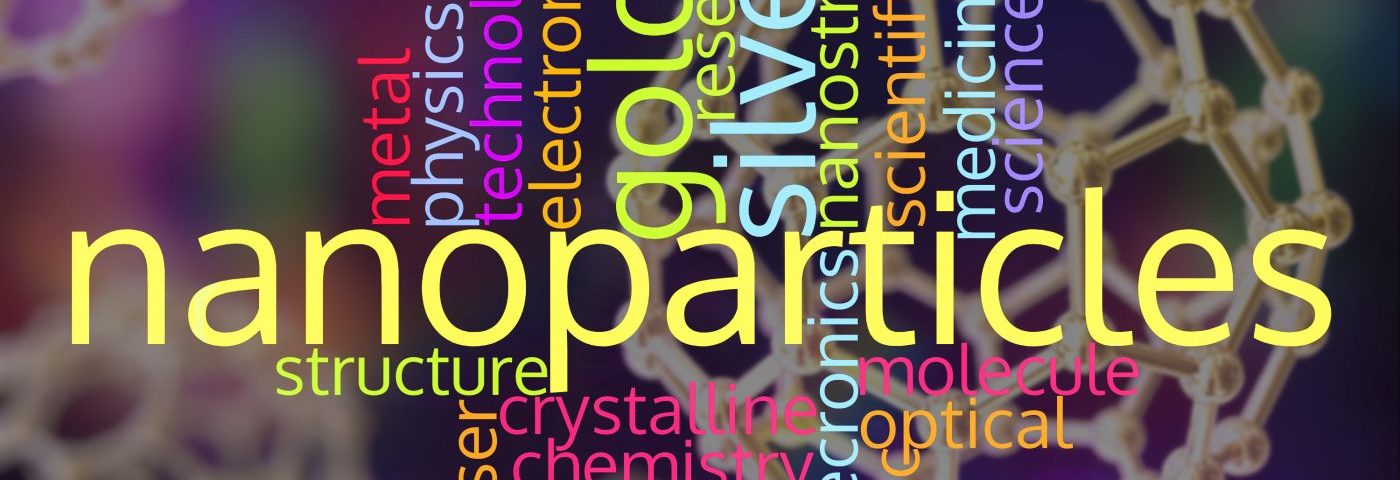Tiny particles, or nanoparticles, containing a special fluorescent dye that labels and eliminates lesions caused by endometriosis can be used to alleviate pain and fertility issues associated with the disease, a new study contends.
The study, “Nanoparticle‐Based Platform for Activatable Fluorescence Imaging and Photothermal Ablation of Endometriosis,” was published in the journal Small.
Statistics indicate that approximately 10% of women of reproductive age develop endometriosis, and that 35–50% of women experiencing pelvic pain or fertility issues also are affected by the disease.
Even though there is no cure for endometriosis, some of its symptoms, particularly infertility, can be reduced by removing endometrial lesions surgically. However, recurrence is common.
“Unfortunately, recurrence of the disease after surgery can exceed 50%, with 27% of patients requiring three or more surgeries,” researchers wrote.
It has been hypothesized that small leftovers of endometrial tissue are responsible for the recurrence of endometriosis following surgery. That’s why new strategies that enable surgeons to spot and remove these tissues are needed to increase surgery’s success rate.
Scientists at Oregon State University and Oregon Health & Science University may have found a way to accomplish both goals. It involves the use of tiny nanoparticles (less than 100 nanometers in size) carrying a special fluorescent dye that can destroy cells when heated under a near-infrared light — a process called photothermal ablation.
Because the dye is fluorescent once it is inside cells, it can be used easily as an imaging agent to allow surgeons to spot the lesions that ought to be removed during surgery. In addition, due to its ability to destroy cells when heated under near-infrared light, the dye also can be used to eliminate tiny pieces of endometrial tissues that are difficult to remove using standard surgical methods.
“We built our strong team to combine expertise in both nanomedicine and endometriosis. This is a devastating disease, and we developed and evaluated the photo-responsive nanoagent to detect and eliminate unwanted endometrial tissue with photothermal ablation,” Olena Taratula, PhD, said in a news story on Oregon State University’s website. Taratula is a researcher in the College of Pharmacy and one of the lead authors of the study.
“The challenge has been to find the right type of nanoparticles. Ones that can predominantly accumulate in endometriotic lesions without toxic effect on the body, while preserving their imaging and heating properties,” Taratula said.
In vitro experiments conducted on endometrial tissues from a non-human primate confirmed that the dye became fluorescent after being taken up by cells. In addition, experiments performed on a lab dish also showed the dye was able to kill endometrial cells after being heated to 53ºC (about 127ºF).
Then, to demonstrate the technique’s effectiveness at targeting and eliminating lesions in a living animal, researchers injected nanoparticles carrying the dye into mice that had previously received a transplant of endometrial tissue taken from a non-human primate model of endometriosis.
They found the nanoparticles containing the dye accumulated in the animals’ endometrial lesions within a period of 24 hours, and were able to completely eliminate lesions when heated up to 47ºC (116ºF).
“The heat is produced under near-infrared laser light that is harmless to tissue without the presence of the nanoparticles. The generated heat eradicates the endometrial lesions completely within a day or two,” Taratula said.
Investigators noted that validation studies are needed before this new nanoparticle-based technology can advance to human clinical trials.
“Validation of this treatment approach in macaques that develop endometriosis anatomically similar to that found in humans is essential before advancing the therapeutic modality to human clinical trials,” they wrote.
Notably, the research team received a grant from the National Institutes of Health (NIH) to support a new study focused on assessing the effectiveness of the new nanoparticle-based therapy in a non-human primate model of endometriosis.
“We believe that our developed strategy can eventually shift the current paradigm for endometriosis detection and treatment,” Taratula said. “Our results validate that some fundamental principles of cancer nanomedicine can potentially be used for the development of novel nanoparticle-based strategies for treatment and imaging of endometriosis.”

